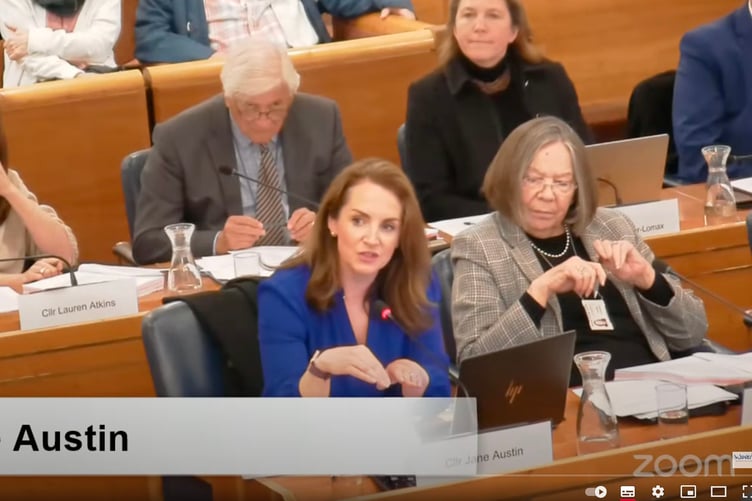Conservative opposition leaders are demanding answers from Waverley Borough Council’s Liberal Democrat-led executive over the authority’s handling of developer contributions.
They allege that an estimated £2.9 million in interest, earned on unspent Community Infrastructure Levy (CIL) and Section 106 (S106) funds over the past five years, has been diverted into the council’s general fund.
According to the Conservatives, this money should have been reserved for the infrastructure projects the original levies were intended to support.
The opposition allege that the practice has sparked questions about financial transparency at the council.
Waverley reportedly holds one of the largest balances of unspent developer contributions among district and borough councils, the Conservative members claimed.
They said that as of March 2025, Waverley was holding £28.3 million in unspent CIL and S106 cash, which is expected to generate £1.36 million in interest during the 2024/25 financial year alone.
These concerns come amid ongoing controversy involving more than 20 homeowners across district, who say they have been pursued for high CIL levies they believe should not have been charged, causing significant emotional and financial strain.
Cllr Jane Austin, Leader of the Opposition, said: “Interest earned on CIL and S106 funds has quietly become a hidden revenue stream for the council.
In the year to March 2025, Waverley is projecting a surplus of £428,000—but this includes over £1.36 million in estimated interest from CIL and S106 money.
“Without that, the council would be facing a deficit of more than £900,000. That’s a huge black hole. Meanwhile, £28 million sits in the council’s bank account, with over £10 million in unallocated CIL funds.
“Residents want this money spent on infrastructure, not left to accumulate interest to support the council’s day-to-day operations."
A Waverley Borough Council spokesperson said: “Large infrastructure projects often require substantial funding, so it is prudent and necessary to hold funds until sufficient resources are in place.
“In addition, once funds are allocated to specific projects, they often take time to deliver, so funds will be retained by the council until contractual obligations are met. It should also be noted that Section 106 contributions are held by the council and forwarded to other bodies such as Surrey County Council once they are ready to deliver infrastructure.
“CIL and Section 106 funds are managed in accordance with our Treasury Management Strategy and national best practice. There is no legal requirement under either the CIL Regulations or the Chartered Institute of Public Finance and Accountancy’s (CIPFA’s) Code of Practice, to ringfence interest earned on CIL or S106 funds for infrastructure.
“Interest is pooled with other income sources and used to support the council’s services and capital programme. This is a common and lawful approach used by most local authorities and is consistent with guidance from CIPFA.
“Treasury management is a function conducted by the council at its own cost, and historically the view has been that the council should therefore retain any interest accrued as a result of these activities, and use them to fund high-quality public services, in accordance with our Best Value Duty’’





Comments
This article has no comments yet. Be the first to leave a comment.